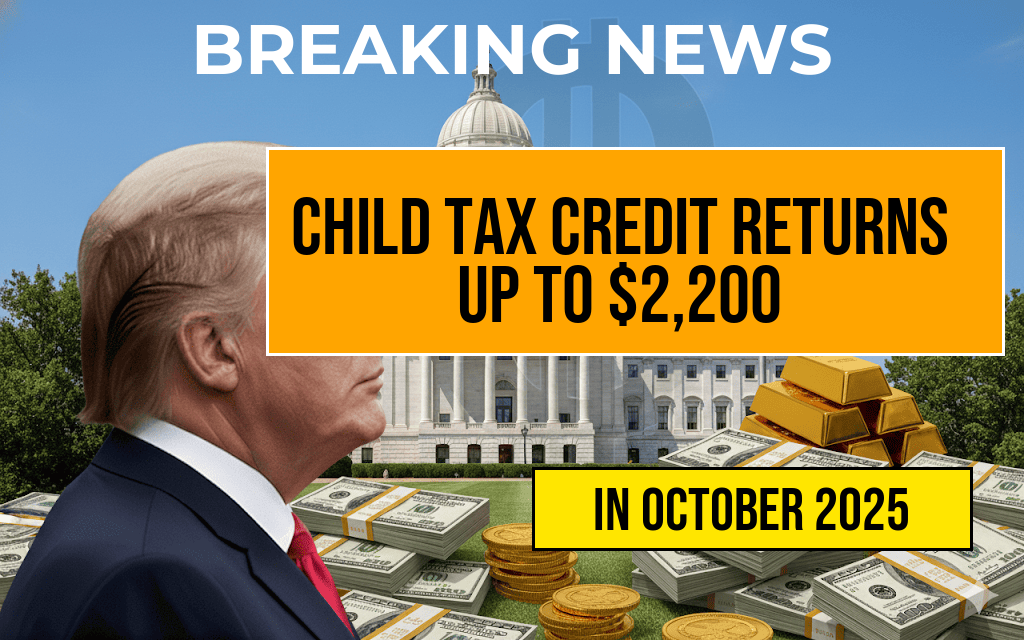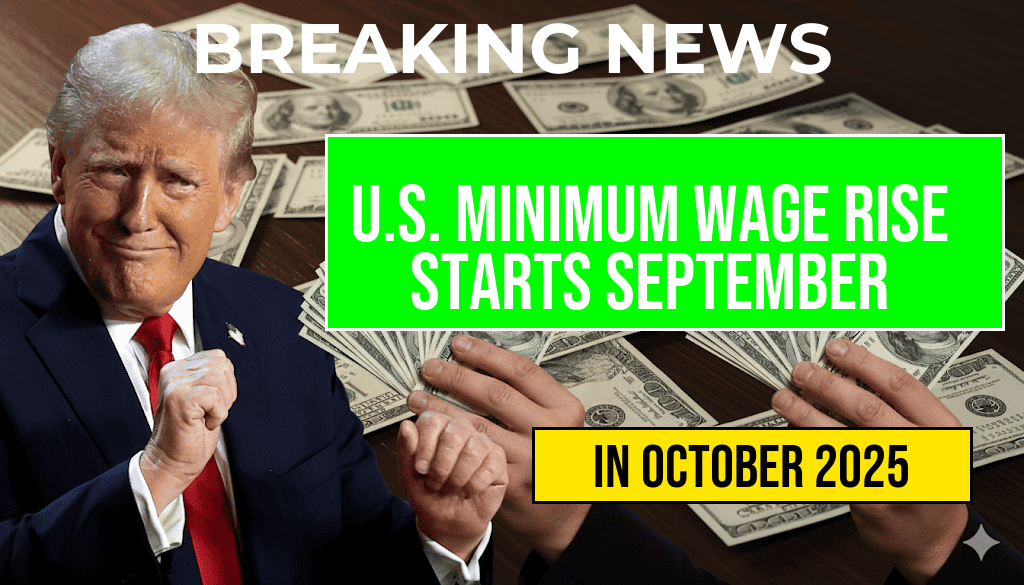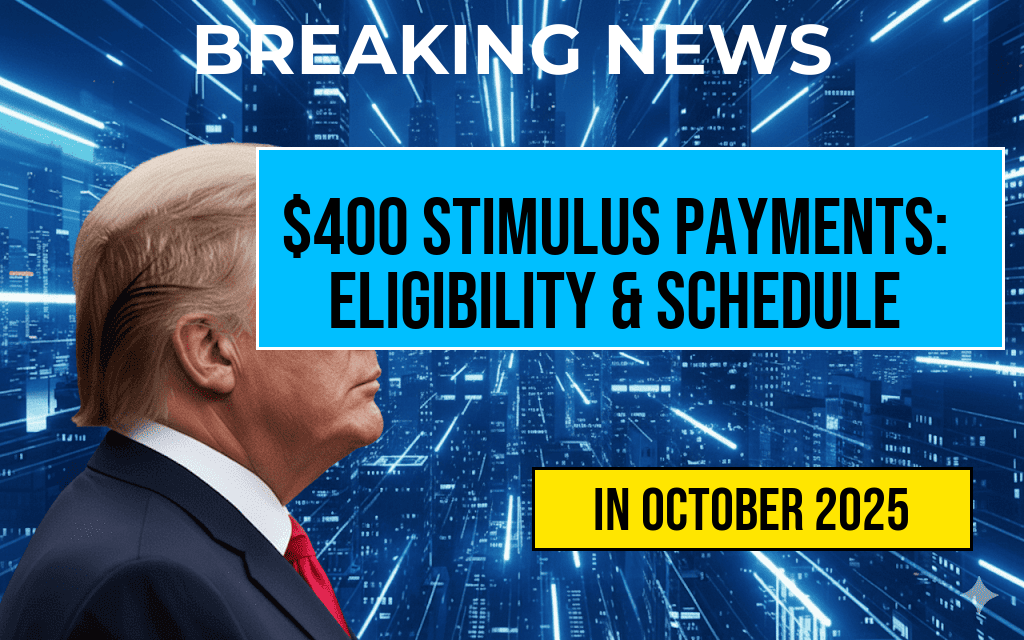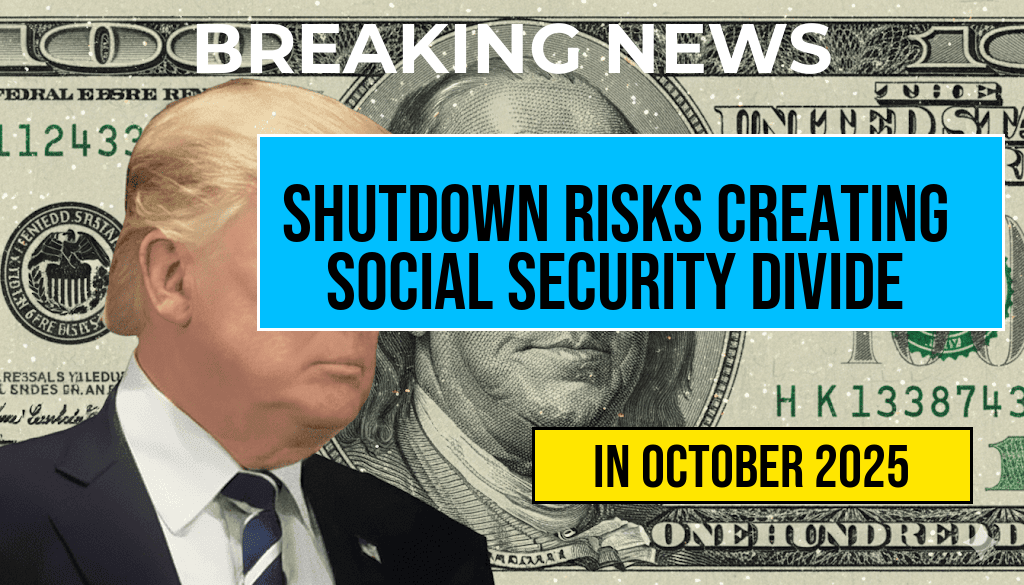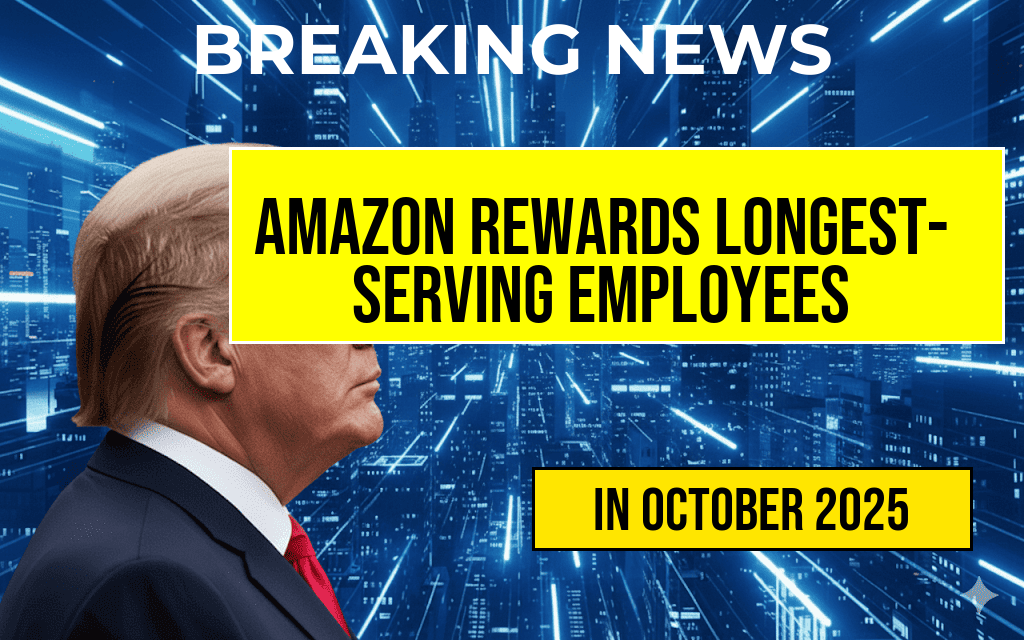The United States will see a nationwide increase in the federal minimum wage effective September 30, 2025, marking a significant shift in labor standards across multiple states and industries. This change, mandated by recent legislative adjustments, aims to better align wages with inflation and economic growth while addressing the rising cost of living. The new rates vary by state and locality, reflecting regional economic conditions and political decisions. This update impacts millions of workers, from entry-level employees to service industry staff, and signals a broader push toward improving wage equity in the U.S. labor market. Employers, workers, and policymakers are closely analyzing the implications of these adjustments, which are expected to influence hiring practices, consumer spending, and wage negotiations nationwide.
Overview of the 2025 Federal Minimum Wage Update
The upcoming wage increase follows a series of legislative measures aimed at gradually raising the federal minimum wage from its current rate of $7.25 per hour, which has remained unchanged since 2009. While federal law sets a baseline, many states and cities have implemented higher minimum wages through local ordinances, creating a patchwork of wage standards across the country. The scheduled update for September 2025 is part of a broader movement to ensure wages keep pace with inflation and reduce income inequality.
How the New Rates Are Determined
The adjustment process considers various economic indicators, including inflation rates, cost of living increases, and regional economic health. Legislation passed earlier this year stipulates that federal and certain state minimum wages will be recalibrated annually based on the Consumer Price Index (CPI). This mechanism aims to prevent wages from stagnating in real terms and provides a predictable framework for wage adjustments moving forward.
State and Local Variations in 2025 Minimum Wages
While the federal minimum wage will increase, many states and municipalities have established their own higher thresholds, which often surpass federal standards. For example, California, New York, and Washington State already maintain minimum wages well above the federal level, and their scheduled increases for 2025 reflect ongoing commitments to wage growth.
Examples of Updated State Minimum Wages
| State | Updated Hourly Rate |
|---|---|
| California | $16.50 |
| New York | $15.75 |
| Washington | $15.74 |
| Florida | $12.00 |
| Texas | $10.50 |
| Illinois | $14.00 |
It’s important to note that some cities, such as Seattle, San Francisco, and New York City, set their own minimum wages that often exceed state and federal levels, reflecting local cost-of-living adjustments.
Impacts on Employers and Workers
Employers across sectors will need to adjust payroll systems to accommodate the new wage standards. Small businesses, in particular, may face challenges balancing wage increases with operational costs, prompting some to consider automation or workforce restructuring. Conversely, many workers are expected to benefit from higher earnings, potentially leading to increased consumer spending and economic activity.
Labor advocates argue that the wage hike is a step toward reducing income inequality and ensuring workers can meet basic living expenses. However, critics caution that rapid increases could lead to reduced hiring or increased automation, especially in low-margin industries like retail and hospitality. Economists are closely watching employment trends in the months following the update to assess the broader economic effects.
Historical Context and Future Outlook
The 2025 adjustment continues a trend of gradual wage increases, with previous hikes often prompted by political debates and economic analyses. As the minimum wage becomes more aligned with regional living costs, discussions about further increases and the potential for a universal minimum wage are gaining momentum among policymakers and labor groups. The Biden administration has reiterated its commitment to raising wages and improving working conditions, emphasizing that fair pay is essential for a robust economy.
For further details on the legislative framework and regional wage policies, consult resources such as the Wikipedia entry on U.S. minimum wage laws and recent reports from Forbes.
Frequently Asked Questions
What is the effective date of the new U.S. minimum wage increase?
The new U.S. minimum wage rate becomes effective on September 30, 2025.
Which states or regions are affected by the updated minimum wage rates?
The full list of updated hourly rates applies to specific states and regions across the United States, with each area having its own adjusted minimum wage.
How are the new hourly rates determined for different areas?
The updated hourly rates are determined based on state legislation, cost of living adjustments, and local government regulations.
Will employers need to make immediate changes to their payrolls?
Yes, employers should update their payroll systems and ensure that their employees are compensated at the new minimum wage rates starting from the effective date.
Are there any exceptions or exemptions to the new minimum wage rates?
Some exceptions or exemptions may exist based on worker classification, industry-specific laws, or part-time vs. full-time employment status. Employers should review applicable laws to ensure compliance.


